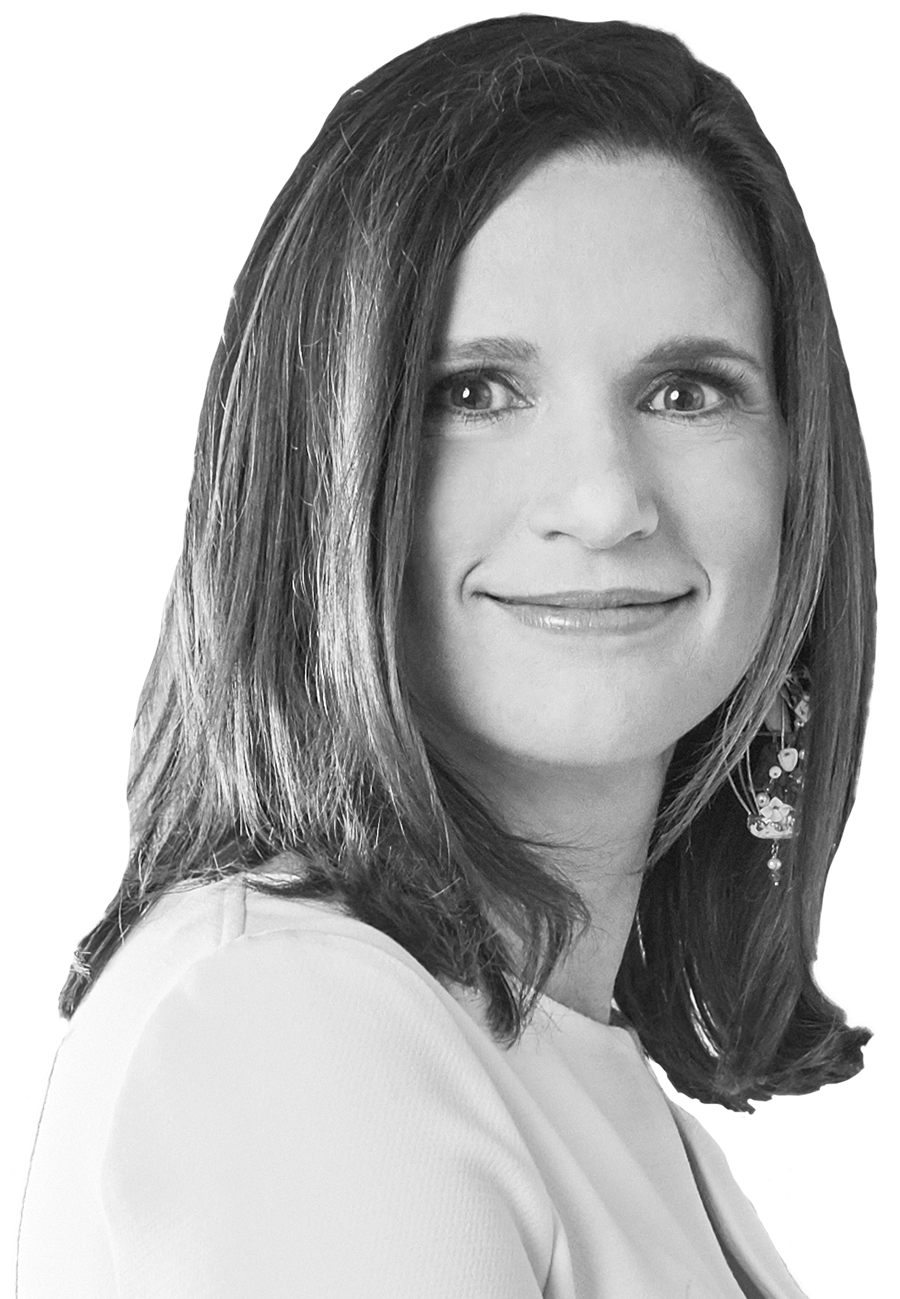A step-by-step guide to vetting your receiver.
When it comes to deciding which warehouses and receivers will be the best fit, designers often go by word of mouth or proximity. But in the absence of widespread resources for reviews, industry professionals are largely left in the dark. With little public information to go on, they are taking the matter into their own hands.
TRUST THE PROCESS

When vetting new receivers, Charlotte, North Carolina–based designer Traci Zeller doesn’t just request references—she also dispatches a project manager to check out the company’s work in person. She says it’s a worthwhile effort in order to assess how they conduct business, and whether their methods gel with her own.
All systems go: “Questions I ask include: What do you need from us to schedule an install? Do you provide us with an inventory list? How do you keep your inventory? What do we need to fill out when it’s time for an install? What do we need to send to you? How formal or informal is your process? People vary wildly. I have some window treatment workrooms who [give me] these fantastic forms and others that jot it on a memo pad. I’m not saying one is right or wrong—it’s just a different way of working, and you have to be comfortable with that. For example, certain receivers have their own systems associated with tracking what’s in the warehouse for all of their clients. Does yours need inventory tags associated with the product—and if so, how are you going to integrate that with your system?”
Lump sum: “I stopped using one receiver because they sent us a bill every time they got an item in the warehouse. I’ve got better things to do than write you a $25 check four times a week! I would [have rather paid] a retainer—anything so that I’m not sending a check for $25 or $45 every 13 seconds. These things matter when you are a busy firm. Even if you aren’t, you want to be efficient—nobody wants to waste time writing [constant small] checks.”
Crisis management: “I want to know how they deal with damages. Some receivers will handle the damage process with the vendor for a small fee—that can save a lot of time. It’s efficient for them because they’re dealing with multiple designers and can presumably handle multiple things at one time, whereas it’s really time-consuming for my design coordinator to handle damage issues and schedule pickup. So if that’s something the receiver is willing to do for a fee, I care about that. I also care if they have a craftsman that they work with to fix damages. A lot of them do because, again, they work with a huge volume of this stuff. I want to know how they deal with that person: Are they going to give me a hard time every time something has to be repaired, or are they used to having somebody in to make these fixes? I’m not saying there shouldn’t be a charge associated with that—because it’s still their time—but let’s not make this harder for us than it has to be.”


SEE A SPECIALIST
Christina Nielsen, whose firm is based in London and New York, finds it best to work with receivers who know the industry—and are known in the industry, too. Rather than choosing a catchall storage unit, Nielsen opts for facilities that specialize in handling high-end home items and work frequently with designers and vendors who ship internationally to make sure her items are handled with care.
Burden of proof: “I think it’s important to find a receiver who, before signing off and accepting any item that comes to storage, photographs it and sends it to you for approval. If they don’t do this and just accept an item blindly, you risk not being able to receive insurance for any item that’s damaged, because you’ve essentially signed off on something saying you have vetted the piece and accepted it. By the time you discover it’s damaged, if you don’t have any photographic evidence of it coming into the receiving warehouse, it’s on you.”
Check references: “I always look into who has referred them in the past. If I see that a lot of higher-end designers and vendors have used them, I feel very confident in that regard, versus the facility that is better-priced but doesn’t come as highly recommended.”
Find a connoisseur: “I like to work with people that are well-versed in high-value items like art and antiques, and storage units that are temperature-controlled for such items. In the past, I have worked with receivers who did not store artwork properly or kept pieces in warehouses that were far too hot, which caused some unfortunate damage. Now, I prefer to know I’m in good hands and that there’s never going to be a surprise or something not handled properly. It’s worth going the extra mile, even if it’s a higher cost, to work with the best of the best.”

DO IT YOURSELF

After years of missed deliveries and lost items, Erika Hollinshead Ward decided she was tired of being stuck in receiving limbo. When her receiver went out of business, the Atlanta-based designer opened her own warehouse to process items and track their status—creating a more transparent procedure for both her team and her clients.
Staffed up: “[Designers] should do a thorough walkthrough of the facility so they understand the process of checking in and the company’s receiving hours. In the past, I’ve had the delivery people call me saying an item has arrived, and I end up having to call my receiver to say, ‘Hey, there’s a truck at your dock.’ Make sure they have dedicated staff there during receiving hours to receive and inspect your item.”
Keep track: “We do all of our receiving at our own warehouse. I prefer receiving our stuff because we know exactly when it got there. What we were lacking before was accurate product tracking. In our facility, we use an ID, so we log when we receive items, when it’s in shipping, whether it’s installed, whether it’s been delivered. All of that information is documented for every single product. Every client gets a project tracker every other week, and that project tracker is generated through the ID and through an Excel spreadsheet. They get the information so they know what products have been ordered, which products are in transit, which ones are back-ordered, and the date they’ve been received. After presentation day, sometimes it’s weeks before you have any additional communication with the clients outside of maybe hanging wallpaper or installing lights or painting, but they won’t get their furniture—especially now—for upwards of 20 weeks. So at least they see some things for their project tracker to see that progress has been made even if they may not be able to see it physically in their home.”
Snap a photo: “It's important to keep track of what you have and what you’ve seen. Make weekly visits to your receiver to ensure you have personally eyeballed and even photographed items they received for you. That way, if they can’t find your bed or a nightstand when it comes time for install—well, you have proof that it showed up there, because you took a picture when you reviewed everything.”

DREAM TEAM
For Megan Liebetrau and Liisa Gent—who are, respectively, the operations manager and design communication manager at Barrington, Illinois–based Kate Marker Interiors—it’s the team members facilitating the receiving that are the key component in ensuring a smooth process. The duo stresses the importance of working with personnel who can communicate effectively from intake to install.
Talk to me: “If something comes in damaged, we need to know right away—not the next day, and especially not one day before it’s supposed to be delivered, which has definitely happened. Ideally, a receiver should communicate as soon as something arrives, whether it is damaged or not, because we’re tracking it too. For most projects, we wait for all items to arrive at the warehouse before we schedule delivery, so that kind of timely communication matters.”
At your fingertips: “Organization is important—you need to make sure your receiver can track items. We once had an issue where a client went to the warehouse to pick up several mirrors that were going to be installed by their builder, and for some reason, a different mirror got pulled into the mix that the warehouse sent them home with—one we’d never seen before, that none of our vendors carried and that had never come across our screens. To this day, we still don’t know where the original mirror that they were supposed to get actually went—even though we have proof of it shipping out from the vendor. (We don’t use that warehouse anymore.) It helps if a receiver is confident in their communications and aware of what is in their possession, but surprisingly, many don’t have that. They [should be] responsive and have a cataloging system to track the inventory, rather than saying, ‘Oh, we’ll send a guy to go look for it.’”
Make an impression: “Professionalism on install day is very important, because we don’t want anything to diminish our clients’ excitement. They’re spending a lot of money and finally getting all their pieces—sometimes after waiting six months or more—and we want everything to go smoothly and exceed their expectations. It’s extremely important to have a diligent, hardworking delivery team that is going to respect the clients’ new or remodeled space. [I also appreciate] anything that makes them look like a professional team, whether that's a cohesive uniform, making sure they’re keeping things clean by wearing booties over their shoes, or using language that is appropriate for the workplace.”
Homepage photo: Erika Hollinshead Ward designed this kitchen vignette for her Atlanta showroom, which resembles a one-bedroom condo. | Rustic White Photography




































